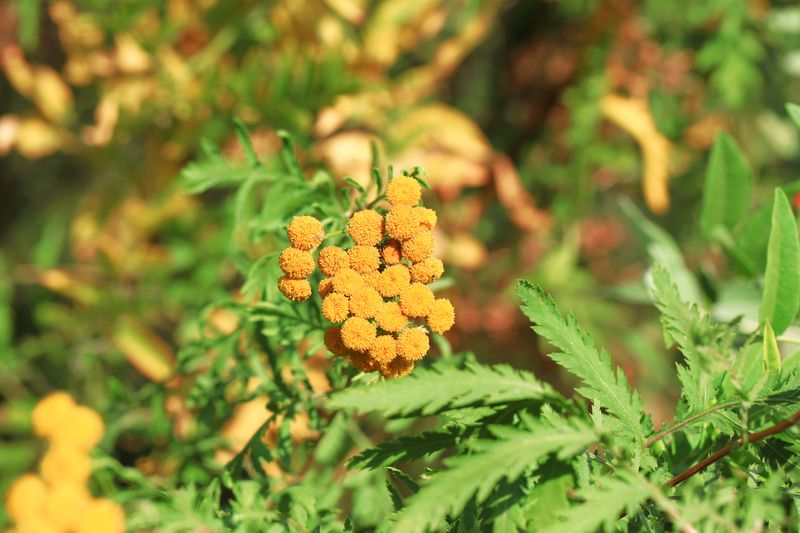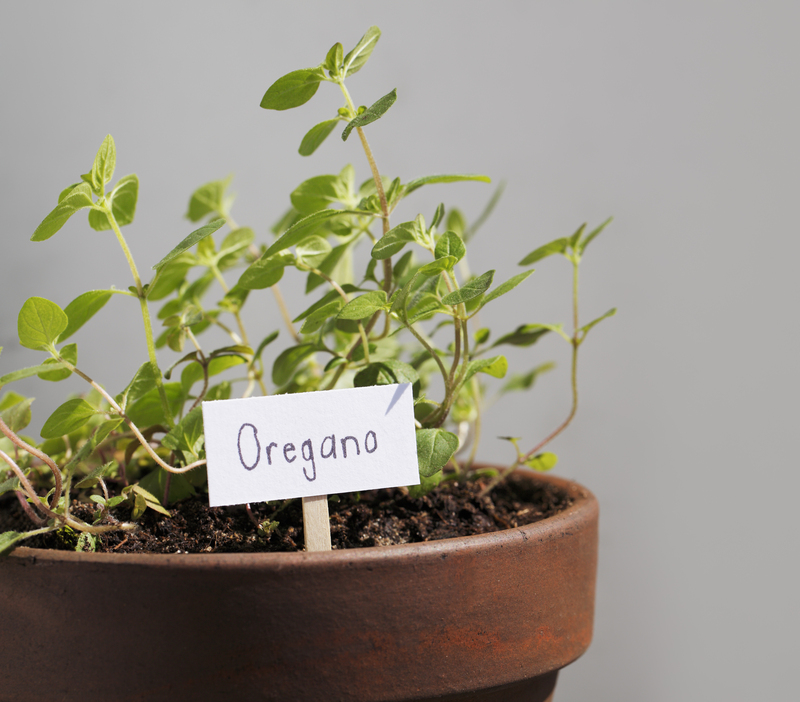How to Select Hardy Plants for Window Boxes: The Ultimate Guide
When it comes to beautifying your home's facade, window boxes brimming with resilient greenery can be a game-changer. However, not every plant will flourish in these often challenging environments. That's why understanding how to select hardy plants for window boxes is essential for vibrant, long-lasting displays. In this comprehensive guide, we'll cover everything you need to know to pick the toughest, most beautiful plants for your window boxes--whether you're a seasoned gardener or a beginner looking to develop your green thumb.

Why Choose Hardy Plants for Window Boxes?
Window boxes provide unique opportunities for gardening, but they also bring a set of special challenges. The conditions--such as exposure to wind, direct sunlight, and fluctuating temperatures--can be tough on plants. By learning how to choose hardy window box plants, you set yourself up for success and enjoy gorgeous blooms or lush foliage with minimal upkeep.
- Longer blooming or growing season: Sturdy plants can withstand various weather conditions, providing continuous beauty.
- Reduced maintenance: Less delicate plants require less frequent watering, feeding, and attention.
- Cost-effective: Fewer replacements mean more money saved over time.
- Stress-free gardening experience: Enjoy gardening without the frustration of wilting or dead plants.
What Are "Hardy" Plants?
Hardy plants are species that can withstand adverse growing conditions, including extreme temperatures, wind, dry soil, and occasional neglect. When selecting tough plants for window boxes, consider their resilience to stressors commonly found in containers mounted on windowsills.
Key Traits of Hardy Window Box Plants
- Ability to thrive in shallow soil
- Tolerance to wind and sun exposure
- Resilient root systems
- Low water requirements
- Resistance to pests and diseases
Factors to Consider When Selecting Hardy Plants for Window Boxes
Before heading to the nursery or shopping online, keep these essential factors in mind. These will help you select the best hardy plants for your window boxes and ensure they thrive all season long.
1. Sunlight Exposure
Examine how much sunlight your window box receives. Does your box face north, south, east, or west? Full sun (6+ hours), partial sun (4-6 hours), and shade (less than 4 hours) planting conditions each suit different types of plants.
- Full Sun: Opt for sun-loving, drought-tolerant varieties like geraniums and petunias.
- Partial Sun: Consider shade-tolerant options such as impatiens and begonias.
- Full Shade: Ferns and heucheras make excellent resilient choices.
2. Climate and Hardiness Zone
Check your USDA hardiness zone. Select species rated for at least your zone or colder. This will ensure your hardy window box plants can endure local temperature swings.
- Locate your hardiness zone using online tools like the USDA map.
- Match the plant label to your zone or one colder for extra resilience.
3. Wind and Exposure
Window boxes are often exposed to strong winds, especially on upper stories. Choose compact, sturdy plants with flexible stems instead of tall, brittle varieties.
- Low-growing, trailing, or mounding plants are best for windy areas.
- Succulents, ivy, and ornamental grasses are particularly adaptable.
4. Watering and Drainage
Poor drainage is a frequent challenge for window boxes. Select plants that don't mind having their roots a little dry, and use high-quality, well-draining soil.
- Look for descriptors like drought-tolerant or dry-loving in plant tags.
- Avoid plants that require constantly moist soil unless you can commit to frequent watering.
Top Hardy Plant Varieties for Window Boxes
Let's get practical. Here are the best tough plants for window boxes--tested and adored by gardeners worldwide.
1. Geraniums (Pelargonium)
- Why They're Hardy: These classic window box favorites can handle sun, wind, and even mild drought.
- Care Tips: Deadhead spent blooms and allow the soil to dry slightly between waterings.
- Best for: Full sun; zones 9 and warmer, but as annuals elsewhere.
2. Ivy (Hedera helix)
- Why It's Hardy: Ivy is highly tolerant of shade and drought, making it ideal for difficult spots.
- Care Tips: Trim back when it becomes overzealous.
- Best for: Partial sun to full shade; hardy in zones 4-9.
3. Sedum (Stonecrop)
- Why They're Hardy: Sedums are succulents that need little water and love bright sunshine.
- Care Tips: Use well-draining soil and don't overwater.
- Best for: Full sun; zones 3-9.
4. Heuchera (Coral Bells)
- Why They're Hardy: This shade-loving perennial tolerates temperature swings and limited soil space.
- Care Tips: Water when soil feels dry and avoid soggy conditions.
- Best for: Partial sun to shade; zones 4-9.
5. Ornamental Grasses (Fescue, Carex, etc.)
- Why They're Hardy: Many ornamental grasses can tolerate drought, wind, and temperature change.
- Care Tips: Cut back each spring to refresh growth.
- Best for: Full sun to partial shade; varies by species.
6. Begonias
- Why They're Hardy: Great for shadier spots and forgiving of irregular watering routines.
- Care Tips: Provide regular, light watering and shelter from harsh noon sun.
- Best for: Partial sun to full shade; grown as annuals in cooler zones.
7. Calibrachoa (Million Bells)
- Why They're Hardy: Similar to petunias but tougher, with long-lasting color and weather resistance.
- Care Tips: Use good potting mix and feed monthly for best flowers.
- Best for: Full sun to partial shade; annual in most areas.
Design Tips for Hardy Window Box Plantings
Follow the "Thriller, Filler, Spiller" Formula
To create an eye-catching display with your hardy window box flowers and foliage, combine:
- Thrillers: Tall, bold plants for height (e.g., ornamental grasses or tall geraniums)
- Fillers: Bushier plants that fill out the middle (e.g., begonias, heuchera)
- Spillers: Trailing or cascading plants (e.g., ivy, trailing sedum)
Use Good Potting Soil
The healthiest, most robust window box plants start with the right planting medium. Choose a high-quality, lightweight potting mix that ensures good drainage and root aeration. Avoid garden soil; it's too dense for container use.
Mulch and Water Wisely
A thin layer of mulch can help conserve moisture and reduce temperature fluctuations in your window box. For watering, aim for a consistent schedule but let the top inch of soil dry out between drinks--hardy plants for window boxes often resent soggy roots.
Fertilize Sparingly
While robust plants do not need excessive feeding, an occasional boost will keep your display thriving. Use a diluted, balanced fertilizer every 3-4 weeks during the growing season for best results.
Common Mistakes to Avoid When Selecting Hardy Window Box Plants
Learning from common errors will help you avoid frustration:
- Ignoring sunlight requirements--matching plant needs to your location is critical.
- Overcrowding window boxes--leave enough space so each plant can establish itself.
- Neglecting drainage--ensure your box has holes to prevent waterlogging.
- Choosing tender, high-maintenance species--they'll likely struggle in exposed situations.
How to Maintain Hardy Window Box Plants
Maintenance is simple with robust plants, but don't ignore them entirely!
- Regularly deadhead spent flowers for continuous blooming.
- Pinch back growth to encourage fullness and prevent legginess.
- Check soil moisture levels, especially during heatwaves.
- Refresh soil and top-dress with compost annually.
Creative Window Box Combinations for All Seasons
For year-round curb appeal, swap out a few annuals and herbaceous plants seasonally:
- Spring: Combine pansies, violas, and primroses with trailing ivy.
- Summer: Mix geraniums, calibrachoa, and ornamental grass.
- Fall: Add small mums, sedum, and heuchera for color.
- Winter: Evergreens like dwarf conifers, holly, and variegated ivy withstand cold.

Frequently Asked Questions
Can I Use Perennials in My Window Boxes?
Absolutely! Many perennials are suited to window boxes and will return each year if matched to your climate. Heuchera, hostas (with enough shade), miniature ornamental grasses, and coreopsis are all excellent options.
What About Edible Hardy Plants?
Some culinary herbs are ideal hardy choices for window boxes, such as thyme, oregano, sage, and chives. These herbs appreciate good drainage and regular trimming. For added interest, pair them with edible flowers or compact veggies like lettuce and radishes--though be aware edibles often need a bit more watering.
How Often Should I Replace Plants?
Well-maintained, robust plants can last one or more seasons. However, even the toughest species might tire after a year or two, especially in small, shallow boxes. Plan to refresh annuals each spring and top up with new perennials every couple of years for best results.
Conclusion: Enjoy Low-Maintenance Beauty Year-Round
Selecting tough plants for window boxes doesn't have to feel overwhelming. By focusing on hardiness, climate adaptations, and good soil moisture management, you can create a stunning display that requires minimal fuss. Whether your boxes are in blazing sun, deep shade, or facing strong winds, there's a plant combination that's right for you.
Try these recommendations and enjoy season after season of beautiful, resilient greenery at your windows!
For more tips on how to select hardy plants for window boxes and window box gardening inspiration, be sure to explore our other gardening articles.